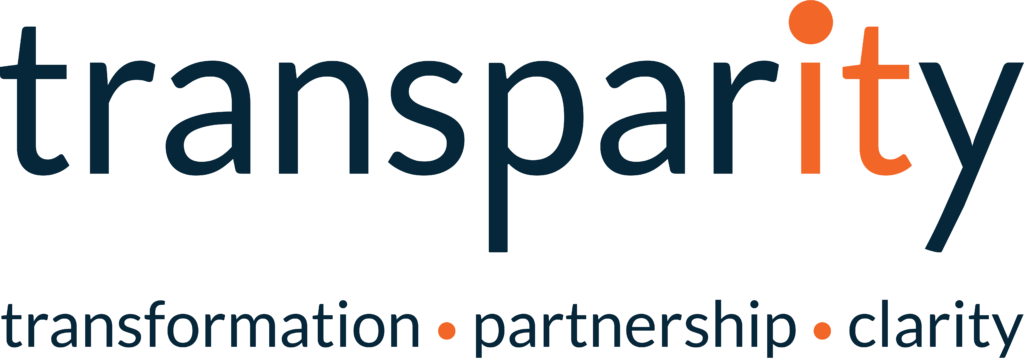Is your team realising the full benefits of cloud-based automation with Azure?
Targeting the core areas within an enterprise, automation can transform common processes, optimise maintenance and updates, and support users with consistent configuration and management.
There’s a wealth of tools and services on offer to choose from. So, understanding what’s unique about Azure Automation, and what it can offer, isn’t always obvious. To help you with these kinds of crucial decisions, we’re providing some more detail on the specifics of Azure Automation Services, as well as highlighting some of its key benefits available to teams in almost any industry.
Azure Automation in a nutshell
As a cloud-based platform, Azure aims to give enterprises greater control and flexibility as they automate the deployment, operation, and management of their core processes.
Azure Automation is designed to help support IT teams and users in three core areas, as seen below.
Process automation
Process automation allows users to transform time-consuming, resource-intensive, and error-prone tasks into repeatable processes that can be scheduled to perform automatically. These tasks that are empowered by process automation may be as simple as executing one task when an input is entered, or it may take the form of multiple tasks being performed in tandem.
Update automation
Update automation allows users to create scheduled update installations within a defined maintenance window. As a result, users are granted greater peace of mind in the fact that all systems are optimised for security.
Configuration automation
Enabling change tracking and state configuration, the capabilities offered here deliver greater overall consistency. This means that users no longer have to guess or investigate if current configurations are correct, reinforcing the reliability of systems.
The benefits of automation
There are several overarching benefits that organisations can realise through Azure’s automation services.
Reduced human error
Automated processes help to reduce human error by diminishing the demand for manual entry. With greater accuracy and reliability, users can trust in the results and outputs delivered, while simultaneously freeing up valuable resources that would otherwise be spent resolving any disruptions or mistakes.
Learn more about the importance of trusted intelligence here.
Greater time-to-completion
With sophisticated services on offer, users can automate complex and lengthy processes to be completed rapidly and efficiently. Integrating valuable data into real-time reporting dashboards is just one example of this, equipping users with the insights they need as soon as possible to gain strategic insights, quicker.
Enhanced productivity
For users working in demanding environments where time is of the essence, automated processes can give back valuable time.
From healthcare to manufacturing to finance, there are a wide range of industries where this extra time can be critical. For users, it can alleviate pressure, and it can allow them to focus wholeheartedly on tasks that require their full attention. As a secondary benefit, this will also help to ensure that tasks are completed to a high standard and are less error prone.
Some Azure Automation services explained
To facilitate these tools, Azure Automation includes multiple services. Segmented into three core areas (deploying processes, resolving issues and integrating automation system-wide) each service is designed to fulfil unique capabilities, keeping the needs and objectives of end users in mind.
Deploying and managing automation processes with Bicep
Deploying and managing automation processes involves creating and delivering specified ‘infrastructure as code.’ Many Azure services can facilitate this task – with the specific use case determining which service is adopted. One tool to consider for this is Azure Bicep.
Azure Bicep allows users to create templates for consistent and repeatable deployment, all while emphasising accessibility and ease of use. Each Azure Bicep file is automatically converted to a standardised template during deployment, with use cases including:
- Creating and updating virtual machines and networks
- Managing several environments (i.e. production, disaster recovery) simultaneously
- Scaling resources consistently and securely
Responding to external events for rapid resolution with Azure functions
External events can quickly threaten and disrupt ongoing operations, demanding both time and resources to find a solution. With Azure functions, users can automatically and actively resolve many issues, from database changes to web page inputs.
As a serverless event-driven automation platform, Azure functions allow users to write specific code to resolve external events from a range of sources. These code-based processes aren’t limited to one programming language and can be as complex or simplified as the user wants for easy resolution and less chance of long-term disruption.
Integrate automation system-wide with Azure logic apps
With hundreds of connectors and the ability to build smart integrations, Azure logic apps enable users to implement extremely complex automated processes that communicate with applications, services, systems, and more.
Some examples of complex automated processes include:
- Monitoring social media channels or customer feedback forms and identifying and analysing sentiment, before flagging any negative comments and alerting a team member to respond.
- Processing a customer order before sending feedback questionnaires, communicating with inventory management tools, and analysing sales patterns.
- Scheduling email communications when a specific event is triggered, such as a new customer order, a new file is uploaded, or an identified metric reaches a certain figure.
Our Azure Automation services
We’re passionate about enabling teams and organisations to optimise their architecture. With the skills and capabilities to implement a range of Azure services, we can help enterprises boost productivity and time-to-completion, while also enabling greater accuracy and trust in results.




